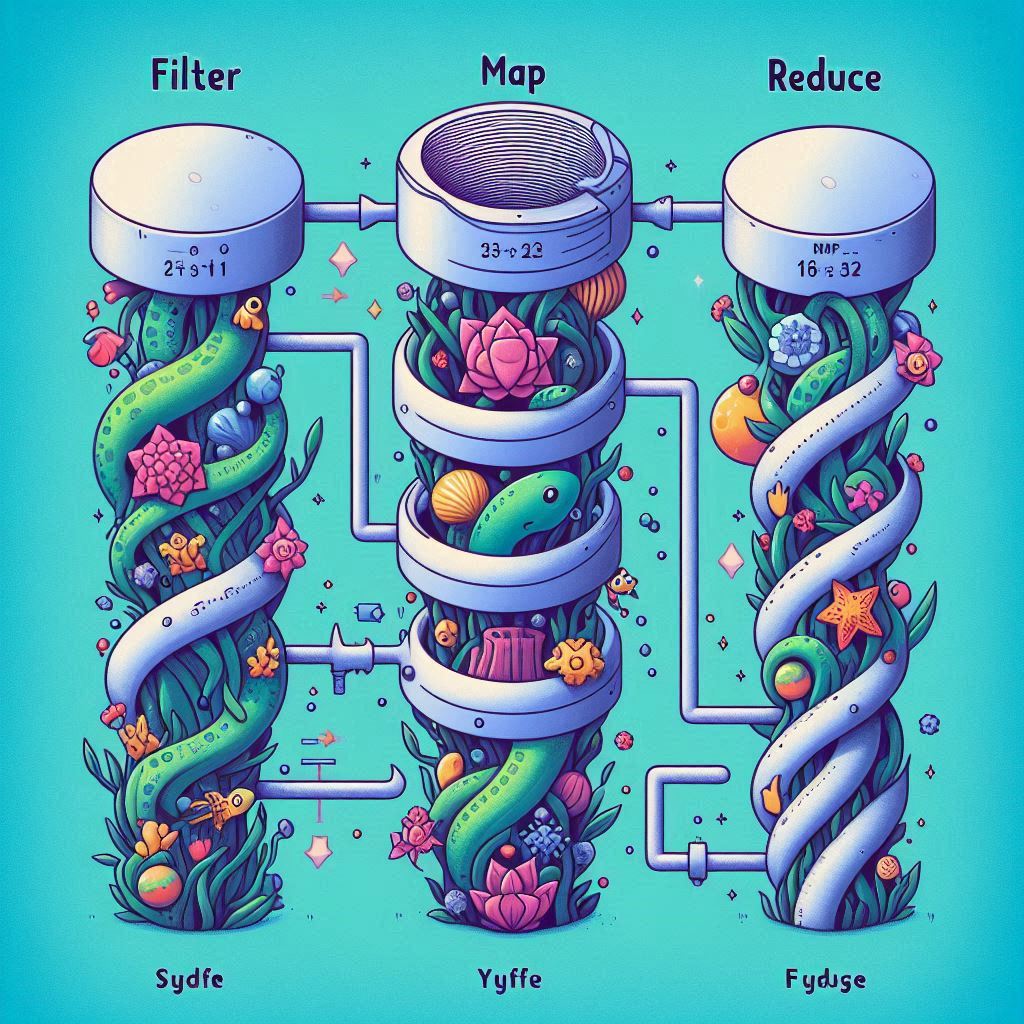
Generated AI image by Microsoft Bing Image Creator
// when the giant red button got triggered - 🚨🚨
async function globalWHOAlertSystem(pandemicAlertLevel, globalToiletPaperSupplyChain) {
let message = document.getElementById("message");
message.innerHTML = "";
try {
do {
const areWeDoomed = await globalToiletPaperSupplyChain.verifyStockLevel()
if (areWeDoomed) throw "We are so screwed😱!!"
}
while (pandemicAlertLevel > 60000); // it's over 60,000!
} catch (err) {
message.innerHTML = err;
}
}Well, the code snippet above pretty much summarises everything we all knew what the year of 2020 has brought us.
All small jokes aside, this year has been an incredibly difficult year for all, especially for the tech community in general.
Countless of tech meetups, tech networking events and tech conferences have either been postponed indefinitely, rescheduled or cancelled altogether around the world.
